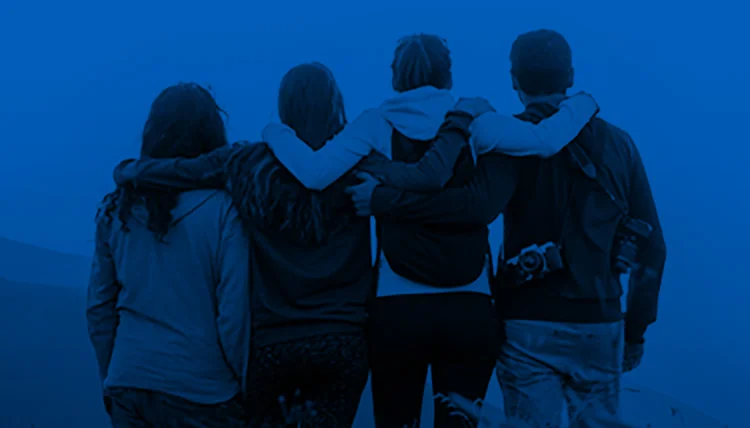People may fight to stay awake and alert throughout the day or fall asleep without warning.
Excessive Daytime Sleepiness and Cataplexy
Narcolepsy
Living With Narcolepsy
The two most common symptoms of narcolepsy are excessive daytime sleepiness (EDS) and cataplexy
You are not alonewith narcolepsy has EDS, the inability to stay awake and alert during the day or a persistent feeling of tiredness
people with narcolepsy may also have cataplexy, the sudden onset of weak or paralyzed muscles, usually brought on by strong emotions or certain situations
people in the United States are living with narcolepsy
Symptoms of narcolepsy typically begin in childhood. Most people begin having symptoms of narcolepsy at 6 years of age or older.
Types of narcolepsy
There are two types of narcolepsy: narcolepsy type 1 and narcolepsy type 2.Narcolepsy with cataplexy is called narcolepsy
Narcolepsy without cataplexy is called narcolepsy
EDS in adults & children
What can EDS feel like in people living with narcolepsy?
- Fighting to stay awake
- Feeling sleepy soon after waking up
Some people may wake up feeling somewhat refreshed but feel sleepy again in a few hours.
- Feeling sleepy in less active situations
People may feel especially sleepy in situations that require no active participation, such as watching TV, riding in a car, sitting in a classroom, or doing homework.
Children with narcolepsy may experience EDS as poor school performance, hyperactivity, or trouble paying attention, which could be different from EDS in adults.
Cataplexy in adults
What can cataplexy feel like in adults living with narcolepsy?
Cataplexy can cause people with narcolepsy to collapse completely but more often occurs in specific areas of the body, like:
Cataplexy may be experienced in different ways, like:
- Muscle weakness or heaviness
- Going slack-jawed
- "Spells" of muscle weakness
- Losing muscle control
- Slurred speech
- Clumsiness
- Drooping of the head, face, or eyelids
- Loss of grip or dropping things
Narcolepsy shouldn't stop
people from living their life


